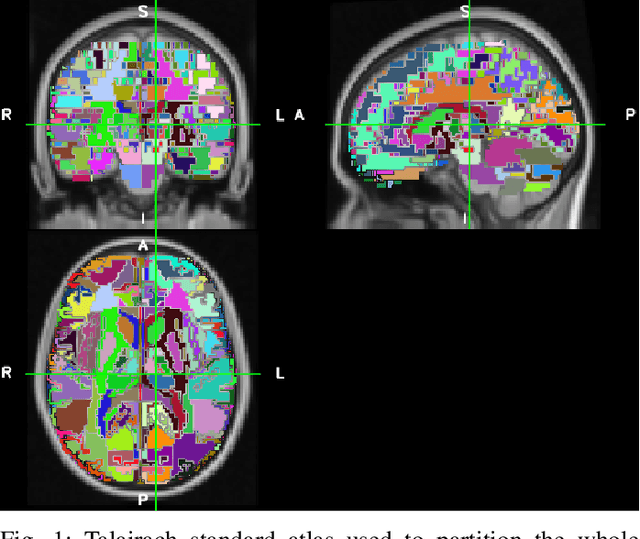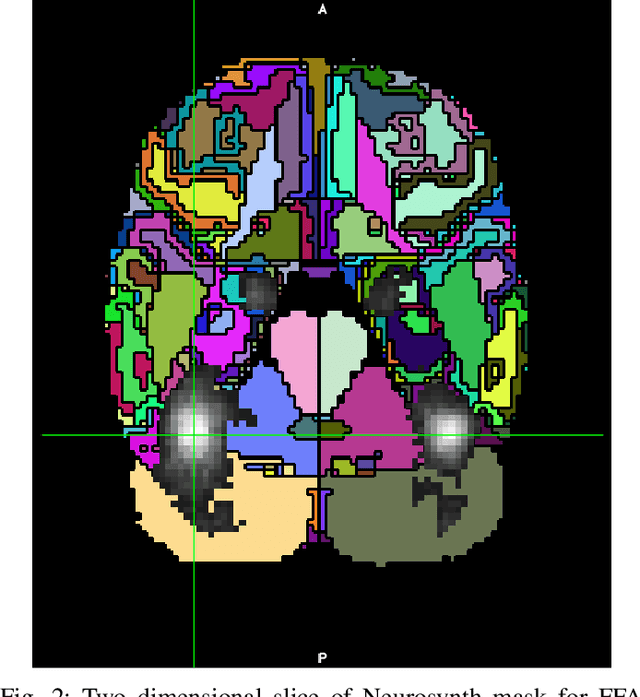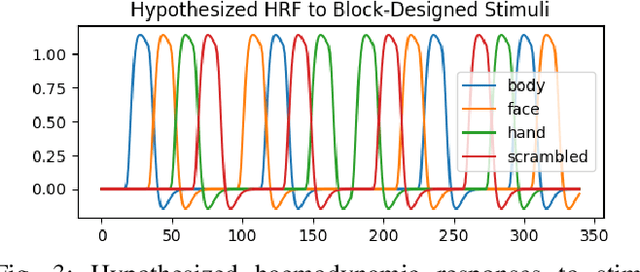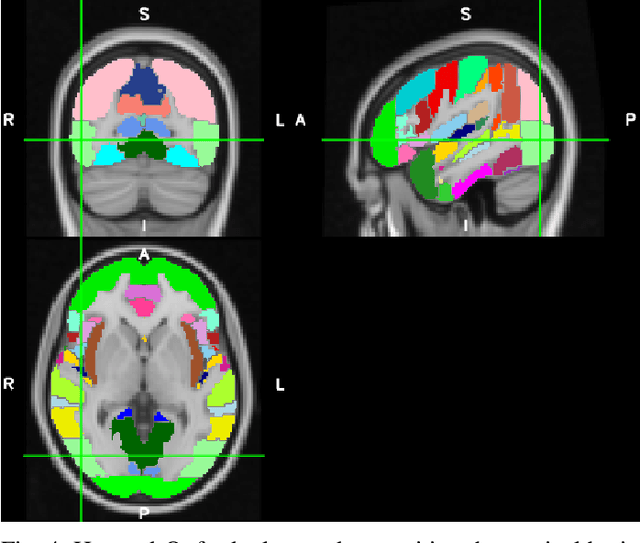On the Generalizability of Linear and Non-Linear Region of Interest-Based Multivariate Regression Models for fMRI Data
Paper and Code
Feb 03, 2018



In contrast to conventional, univariate analysis, various types of multivariate analysis have been applied to functional magnetic resonance imaging (fMRI) data. In this paper, we compare two contemporary approaches for multivariate regression on task-based fMRI data: linear regression with ridge regularization and non-linear symbolic regression using genetic programming. The data for this project is representative of a contemporary fMRI experimental design for visual stimuli. Linear and non-linear models were generated for 10 subjects, with another 4 withheld for validation. Model quality is evaluated by comparing $R$ scores (Pearson product-moment correlation) in various contexts, including single run self-fit, within-subject generalization, and between-subject generalization. Propensity for modelling strategies to overfit is estimated using a separate resting state scan. Results suggest that neither method is objectively or inherently better than the other.
 Add to Chrome
Add to Chrome Add to Firefox
Add to Firefox Add to Edge
Add to Edge